The Site of the Convent of the Holy
Infant Jesus in Singapore
The Site of the Convent of the Holy
Infant Jesus in Singapore
Entwined Histories of a Colonial Convent and a Nation, 18542015
Sandra Hudd
LEXINGTON BOOKS
Lanham Boulder New York London
Published by Lexington Books
An imprint of The Rowman & Littlefield Publishing Group, Inc.
4501 Forbes Boulevard, Suite 200, Lanham, Maryland 20706
www.rowman.com
Unit A, Whitacre Mews, 26-34 Stannary Street, London SE11 4AB
Copyright 2016 by Lexington Books
All rights reserved. No part of this book may be reproduced in any form or by any electronic or mechanical means, including information storage and retrieval systems, without written permission from the publisher, except by a reviewer who may quote passages in a review.
British Library Cataloguing in Publication Information Available
Library of Congress Cataloging-in-Publication Data
Library of Congress Cataloging-in-Publication Data Available
ISBN 978-1-4985-2411-7 (cloth : alk. paper)
ISBN 978-1-4985-2412-4 (electronic)
 TM The paper used in this publication meets the minimum requirements of American National Standard for Information Sciences Permanence of Paper for Printed Library Materials, ANSI/NISO Z39.48-1992.
TM The paper used in this publication meets the minimum requirements of American National Standard for Information Sciences Permanence of Paper for Printed Library Materials, ANSI/NISO Z39.48-1992.
Printed in the United States of America
Acknowledgments
I am indebted to assistance from Father Rene Nicolas of the Missions trangres de Paris, Singapore for his encouragement and for sharing his extensive knowledge of the history of the Catholic Church in Singapore. I also thank Ms. Regina Lee, Principal of CHIJ Toa Payoh, for allowing me to visit the CHIJ Museum. I am grateful for the assistance of staff of the National University of Singapore library, the National Archives Singapore, and the National Library Singapore.
I am also indebted to Dr. Nicole Tarulevicz of the University of Tasmania who has been invaluable with her advice. Thank you for your time, expertise, and support.
I thank Ms. Sheila Allison for her early close reading of the manuscript, and Mr. Brian Hill of Lexington Books for his encouragement and interest.
Of course I particularly thank my husband, Tony Richings, who has lived through this journey with me.
Abbreviations
CHIJ | Convent of the Holy Infant Jesus |
HCA | Holy Childhood Association |
HDB | Housing Development Board |
IJS | Infant Jesus Sisters |
LMS | London Missionary Society |
MEP | Missions trangres de Paris (Paris Foreign Missions Society) |
MRT | Mass Rapid Transit |
NHB | National Heritage Board |
OCA | Overseas Chinese Association |
PAP | Peoples Action Party |
PSM | Preservation of Sites and Monuments |
SJI | St. Josephs Institution |
STPB | Singapore Tourism Promotion Board |
UNESCO | United Nations Education, Scientific and Cultural Organization |
URA | Urban Redevelopment Authority |
Introduction
From Trading Post to Nation,
From Convent to Commerce
At first glance, it may seem incongruous that one of the first women inducted into the Singapore Womens Hall of Fame should be a French nun who came to Singapore in 1854, particularly as the Hall of Fame celebrates the boundary breakers and record holders, the risk-takers and change-makers, the role models and the standard setters. Yet Mother St. Mathilde Raclot and her companions from the Dames de St. Maur order, now known as the Infant Jesus Sisters, took enormous risks in travelling to the other side of the world to set up a French Catholic institution in a British East India Company trading post with a predominantly Chinese, Malay, and Indian population.
This book covers a broad sweep of history from the nineteenth century to the present, examining a specific site in central Singapore, the Convent of the Holy Infant Jesus. First established in 1854, the Convent buildings expanded over the years to occupy an entire city block, bounded by Victoria Street, Bras Basah Road, North Bridge Road, and Stamford Road, becoming the largest cloistered convent in Southeast Asia. Figure 1 is the view from Victoria Street in about 1910, and shows the main gate, the walls, Caldwell House where the nuns lived, and the chapel which was completed in 1904.
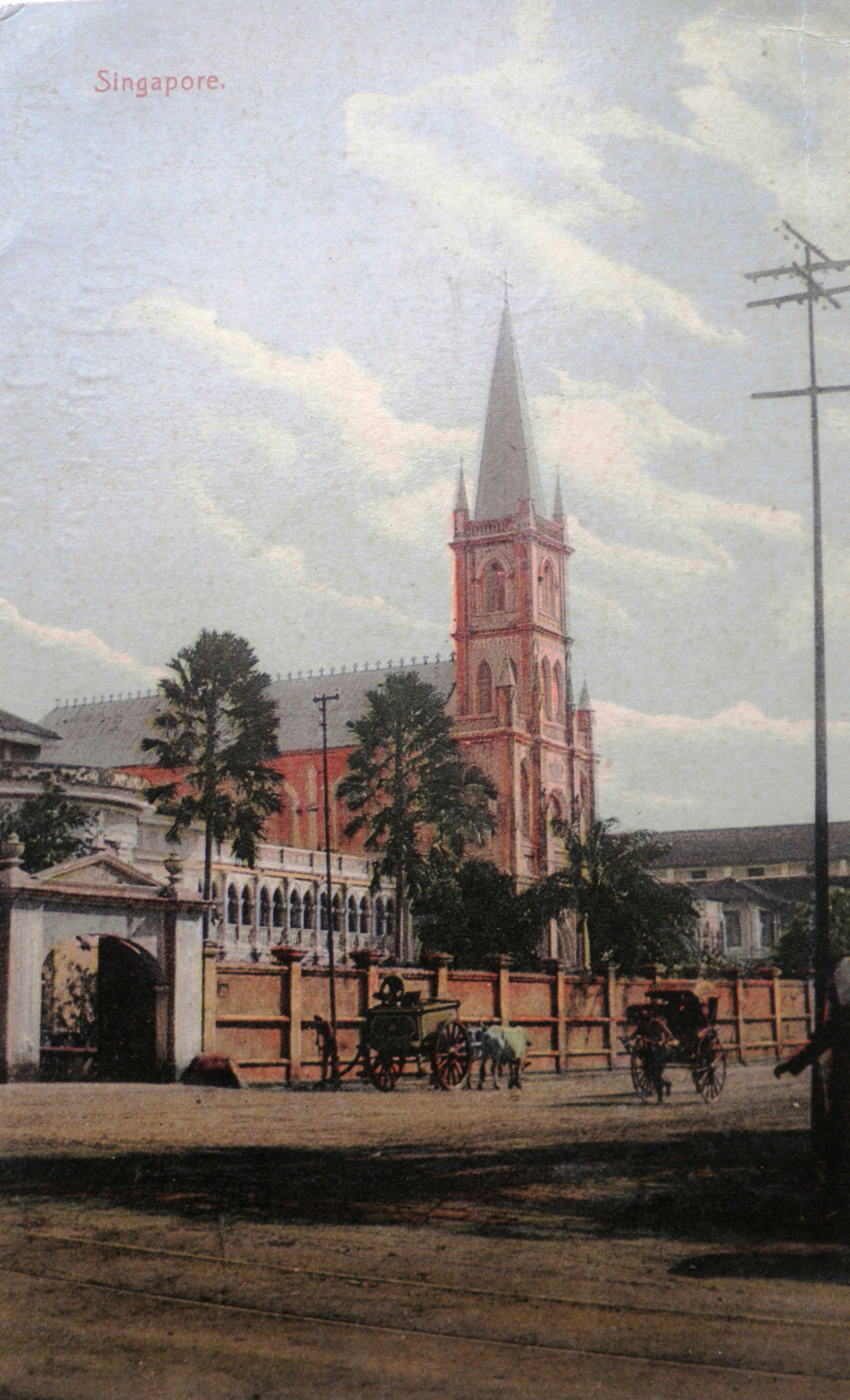
Convent from Victoria Street, circa 1910.
Physically, the Convent site has changed substantially over time and those changes tell us much, not only about the transformation of the buildings, but also about the transformation of Singapore. Architect Edward Hollis has argued that the discourse of architecture is frequently a discourse of perfection, in which the great buildings of the past are described as if the last piece of scaffolding has just been taken away, the paint is still fresh on the walls, and the ribbon has not yet been cut. They are presented as if... history had not happened. Yet history has happened at the Covent site. The Convent buildings over the years were added to, demolished, rebuilt, and changed continuously. Despite being cloistered, they teemed with people, operating almost as a mini-city within the walls. For this was not a convent of silent contemplationit was a thriving community of schools, orphanage, and refuge.
Fast forward to the 1980s and the size and central location of the Convent site meant that it was attractive to government for urban redevelopment, and so the nuns were eventually moved to new facilities in suburban Singapore. In this book, however, I stay with the original site and examine the partial demolition of Convent buildings and the subsequent tendering out of the site to private developers. The remaining buildings were renovated, parts were rebuilt or added to, and the resulting complex opened in 1996 as CHIJMES (pronounced chimes). The name drew on the Convent of the Holy Infant Jesus acronym, CHIJ, modified to also reference the sound of church bells. Figure 2 shows the view from Victoria Street in 2014.
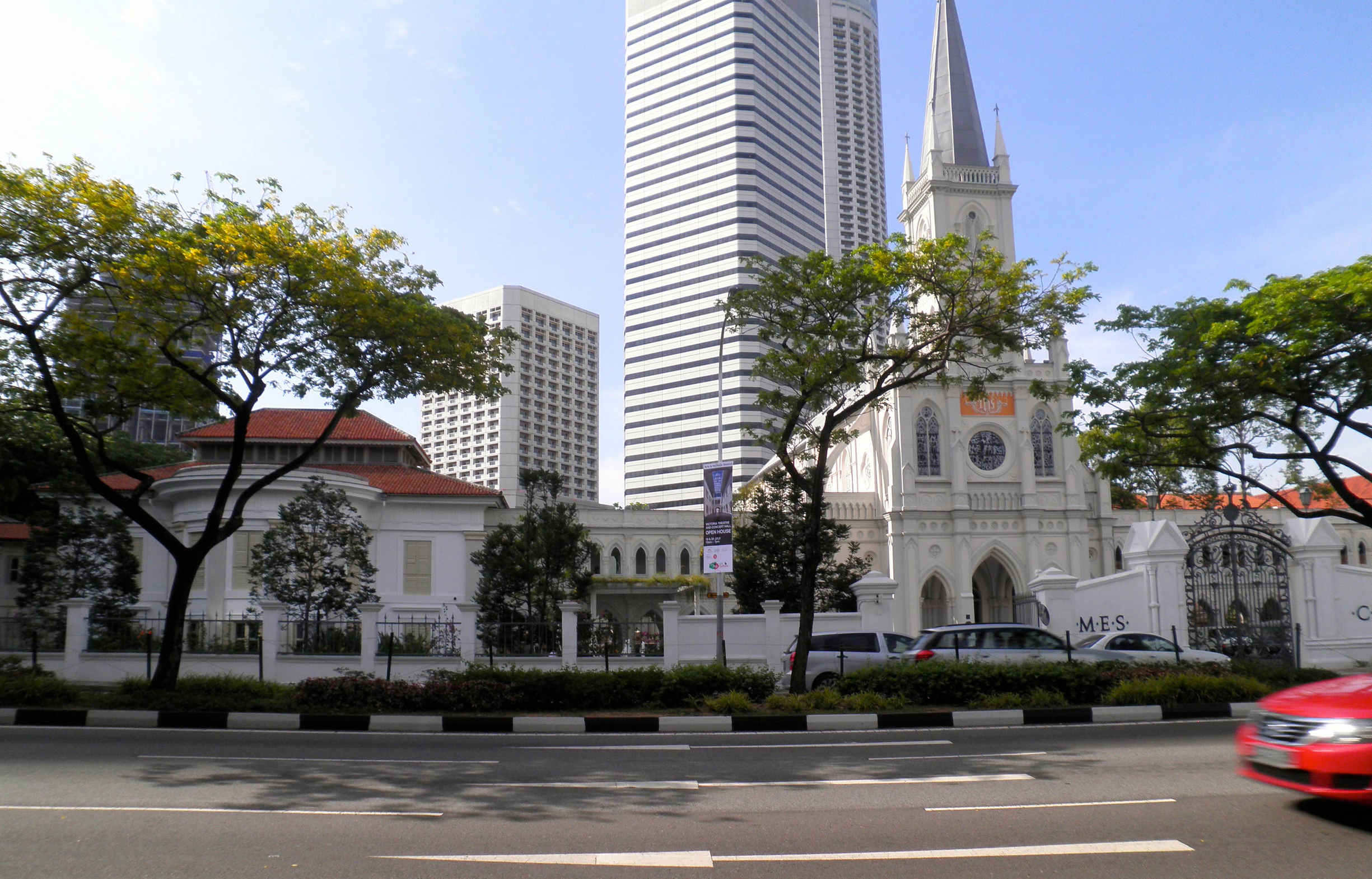
CHIJMES from Victoria Street, 2014.
Photograph by author.
The sites transformation into the CHIJMES complex of today with its bars and restaurants highlights the complex issues of heritage conservation in a rapidly globalized city-state. This book works to make sense of that journey from colonial convent to commercial venue. In a society that has undergone phenomenal changein the built environment, the economy, and socially, and which has moved from colony to republicthe physical changes and differing usage of the site over the years track the changes in the nation. In this way, the former Convent complex functions as a site for reading the changes in colonial and postcolonial Singapore.

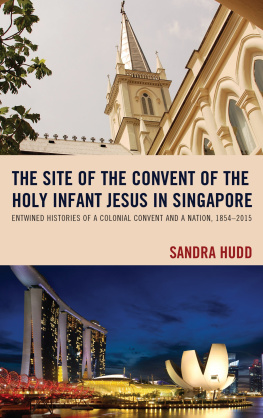


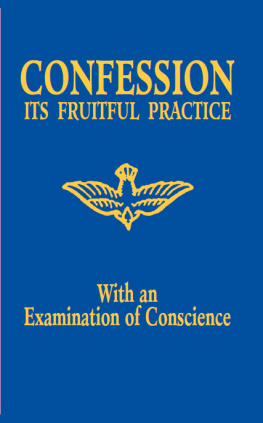



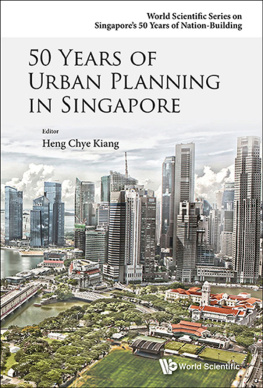
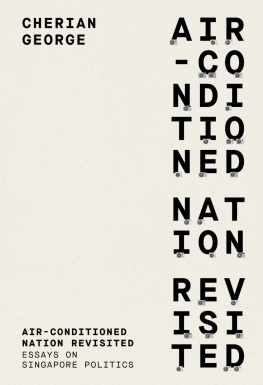
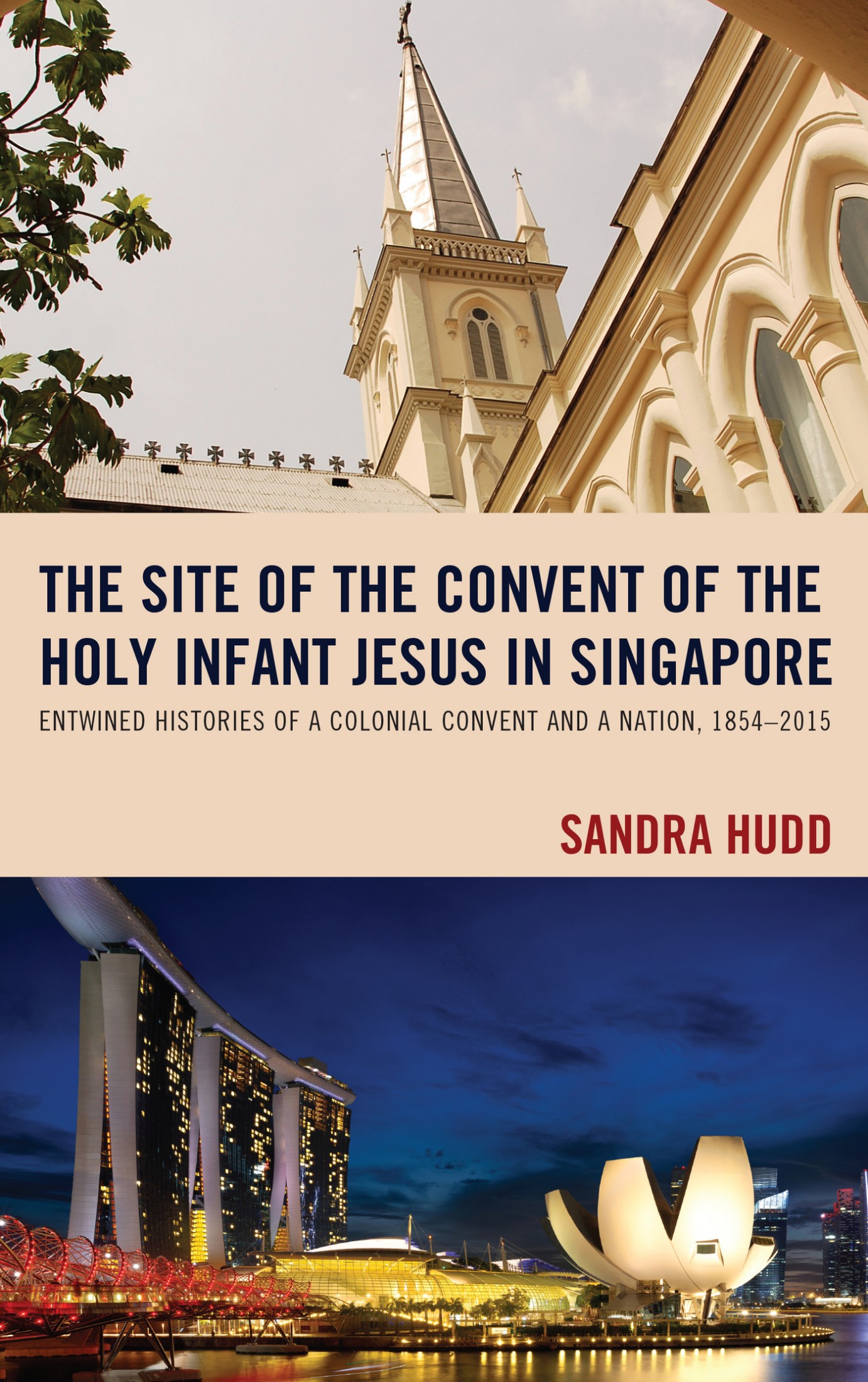
 TM The paper used in this publication meets the minimum requirements of American National Standard for Information Sciences Permanence of Paper for Printed Library Materials, ANSI/NISO Z39.48-1992.
TM The paper used in this publication meets the minimum requirements of American National Standard for Information Sciences Permanence of Paper for Printed Library Materials, ANSI/NISO Z39.48-1992.
